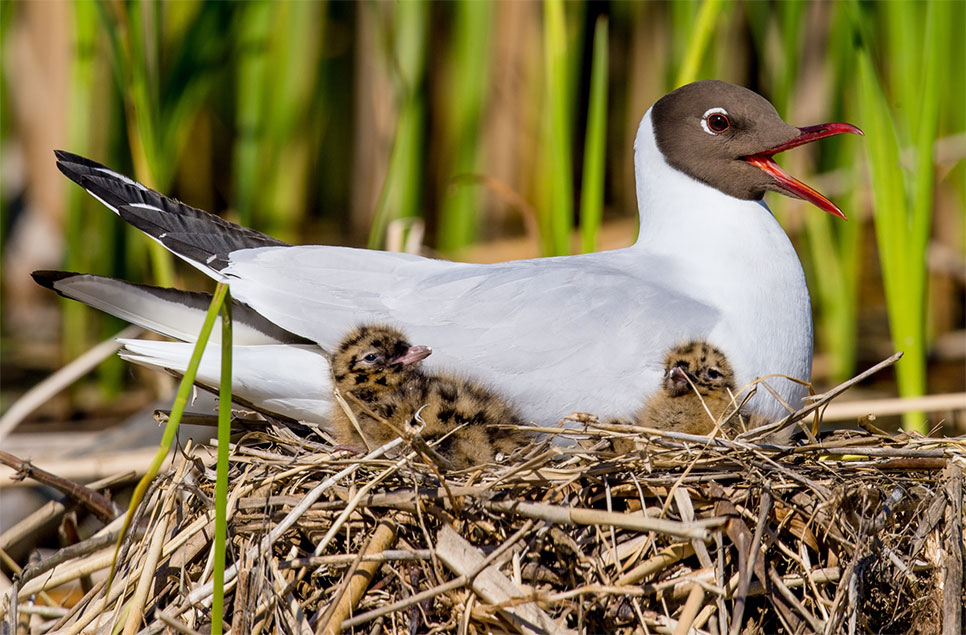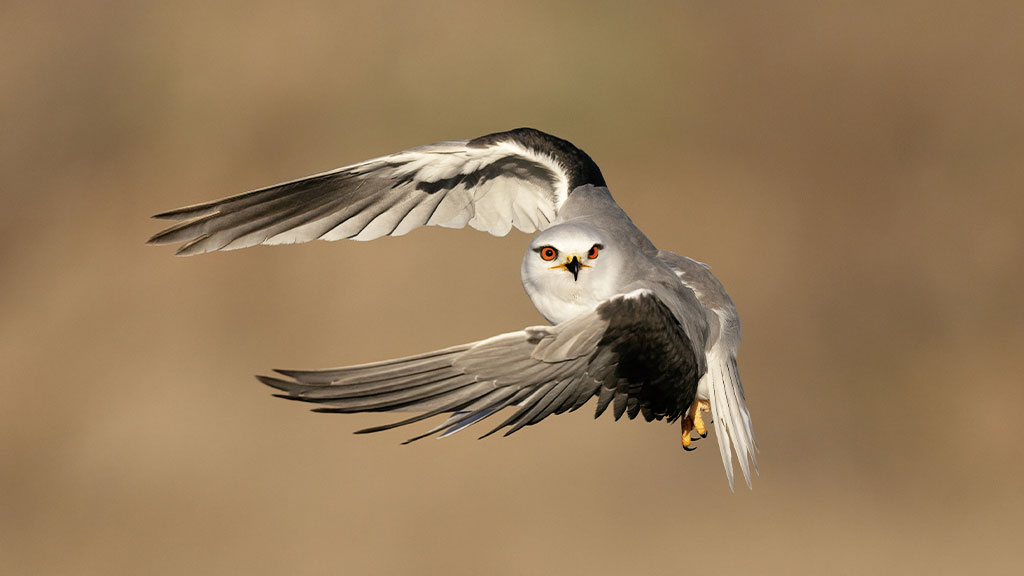Your window on wetland wildlife - May 2020
Hello! And welcome to another round up of our top wildlife picks from across our sites.

Hello! And welcome to another round up of our top wildlife picks from across our sites throughout May.
In our last update we brought you all the excitement of our wildlife making the most of the glorious spring we’ve had. From early migration arrivals to birds nesting and laying eggs, as well as some of the earliest babies. Now that it’s almost summertime our reserves are full of buzzing insects, inquisitive ducklings and of course, lots more nesting.
So make yourself comfy, grab a cuppa (maybe a biscuit or two…) and join us for a gander across our sites from Caerlaverock in Scotland to Arundel on the south coast.
Bring on the summer
Since our last roundup, the birds we saw nesting have been hatching out their chicks – the avocets, lapwing and oystercatcher have all been seen with young. We’ve even witnessed a little-ringed plover laying eggs. Spring is certainly marching on into the balmy days of summer…
Along with this glorious weather, our sites are providing a welcome home to many summer migrants. Most have travelled to us from more exotic southern climates.
A few of our reserves are lucky enough to hold small colonies of nesting common tern. These birds have migrated all the way from their wintering grounds around the coasts of western and southern Africa.
And they are very protective over their nests and youngsters, making sure that their turf stays theirs!
Other slightly smaller, but no less raucous, summer migrants have returned as well.
Here is the sound of a grasshopper warbler announcing its return at Martin Mere.
Yellow wagtails are one of our favourite wetland summertime visitors. Each year when they arrive we are surprised, all over again, by just how yellow they are…
And it’s not just our feathered friends that have been enjoying the warmer, longer days.
This azure damselfly looks particularly dazzling, basking in the May sunshine.
Whilst a well-camouflaged scarce chaser dragonfly was spotted at Welney.
It can be particularly challenging to get a good up-close and in-focus photo of these speedy insects. But we challenge you! Look out for them zipping around water bodies near you.
Here is a more nocturnal insect, perfectly displaying its new set of wings, having just emerged.
Eggs are hatching
Colleagues at WWT Slimbridge have been lucky enough to get some brilliant views of the little-ringed plover life cycle. This over anxious mum is giving her egg a good check over, immediately after laying it.
Unfortunately that nest failed, but another nearby pair have hatched out four youngsters. We don’t envy the parents trying to keep that brood out of harm’s way…
At some of our sites, black-headed gull youngsters have been busy hatching out. Colleagues at Castle Espie got these fantastic photos of chicks on nests. Gorgeous fluffballs!
Of course, there have been lots of moorhen and coot chicks spotted. Here are some very healthy looking moorhen chicks newly hatched in a nest box at London wetland centre, waiting for their brothers and sisters to start pipping away at their eggshells and join them.
We saw these waders back in April, nest scraping and sitting. Here they are with their broods!
There’re many young avocet chicks enjoying this lovely warm weather in our growing colony at Slimbridge. And here’s an intrepid, newly hatched lapwing, finding its feet in the shallows at Washington.
We have Oystercatcher chicks across many of our sites. Here are some captured in this wonderful photo by Emma, a keeper at Arundel.
And it wouldn't be a spring roundup without ducklings, goslings and cygnets! How about these Humbugs? We know we shouldn’t be biased but, well, look at them… too adorable for words.
Firsts, flashes, and favourites
And… we know you’ve been waiting for it… here’s some raptor news. The presence of predators like the marsh harrier are a good indicator that the wetland ecosystem and food chain are in balance and everything is working as it should be. If it wasn’t, then these apex predators wouldn’t be able to survive.
Kingfishers are one of those species that are harder to see at our reserves. Staff at WWT Arundel are well aware of this, so earlier this month they set a camera trap to record the birds. Out of 451 images, just three showed kingfishers! There is such a thing as being too fast for a camera trap…
Camera traps on our reserve can however have some super results. Check out this rare glimpse into the lives of these otters.
Beautiful wetland summer scenery
From sunrise to sunset, our wetlands are awash in the colours and sounds of wildlife. Enjoy this lovely morning serenade from Welney at sunrise.
And some sights from Steart, capturing the expansive blue skies and water.
The joyful yellows of some of our key wetland specialist plants, from the striking flag iris to the abundant marsh marigold.
That’s a wrap for now!
We want to take this opportunity to thank our very hard working staff on the ground, across our sites, who are not only working extra hard on skeletal teams to care for the animals, but are also going above and beyond to share with us these wonderful sightings. These behind-the-scenes glimpses of wetland wildlife continuing to thrive at our sites are a joy to see during these otherwise confined times.
We simply can’t include all the wonders that have been shared across each site’s social media channels in this last month. As you can see, life is bursting at the seams and there is a multitude of activity going on at all hours of the day! So please stay tuned and keep connected to wetland wildlife with us. We look forward to updating you again at the end of June, until then make sure you follow your local site’s social media channels.
And we look forward to seeing you again at one of our centres soon.
We urgently need to ask for your help to save our wildlife.
As our world strives to come to terms with COVID-19 many of the vulnerable wetland species you’ve just been reading about are at greater risk than ever before.
DONATE


